Have you ever seen a cartoon dog so cute that you just wanted to pick up a pencil and draw? Cartoon dogs, with their big, expressive eyes and playful features, are not just fun to look at—they’re also a joy to bring to life on paper! Whether you’re an aspiring artist or someone who just doodles for fun, drawing cartoon dog faces can be an incredibly rewarding creative outlet. And the best part? It’s a ton of fun! In this guide, we’ll unleash your creativity and turn that spark of inspiration into adorable canine masterpieces. So grab your sketchpad and let’s dive in!
1. Finding Your Inspiration
The first step in any artistic venture is finding your inspiration. Cartoon dogs are inspired by real-life breeds but can be exaggerated into playful shapes and sizes. Start by gathering references from various sources—famous cartoon shows, dog images, or even your own furry friend! Websites like Pinterest, Instagram, and dedicated art platforms can be goldmines for ideas. Remember, you can mix and match features; maybe a bulldog’s snout with a poodle’s curly fur? The sky is the limit when it comes to imagination!
2. Essential Tools
Before we get to the drawing itself, let’s talk tools! Here’s what you need to get started:
- Pencil: A good, sharp pencil is essential for sketching. You can start with a regular HB pencil and switch to finer grades as needed.
- Eraser: Don’t underestimate the power of a good eraser! Mistakes are just part of the creative process.
- Paper: Use a sketchpad or some nice drawing paper. Smooth and heavy paper will work best for pen or ink later on!
- Coloring tools: Markers, colored pencils, or even watercolor paints will bring your cartoon dog faces to life!
3. Basic Shapes and Guidelines
Every amazing drawing starts with a basic shape. Cartoon dog faces can generally be simplified into circles and ovals. Here’s how to break it down:
Begin with a large circle for the head. This is where most of the character and expression will come from. Next, add two smaller ovals on top for the ears (they can be floppy or pointy, depending on your dog breed!). Below the head, draw a small oval for the snout—this is the base of your dog’s adorable face. You can sketch lightly at first, as this will allow you to make adjustments easily.
4. Adding Facial Features
Now we get to the fun part: adding the facial features! Let’s make our cartoon dog come alive with eyes, a nose, and mouth:
Eyes
Start by positioning the eyes. Cartoon dogs often have large, expressive eyes that take up a good portion of the face. Draw two big ovals or circles, placing them slightly apart for that cute look. You can add small circles inside for pupils, leaving a white spot for that twinkling effect! Don’t forget the eyelashes for added character or emotion!
Nose
Next, let’s shape that nose. Draw an oval or a rounded triangle at the end of the snout. Make it bigger than a typical dog’s nose to maintain the cartoonish charm. You can fill in the nose with black and add a little shine by leaving a spot white!
Mouth
For the mouth, a simple curved line can do wonders! A small curve under the nose can represent a smile, while a more pronounced curve can showcase excitement. Feel free to exaggerate the mouth—add a tongue sticking out for a playful touch!
5. Crafting Unique Ears
Dog ears are perhaps one of the most recognizable features. Depending on the breed you’re channeling, they can be long and pointy, short and floppy, or somewhere in between! Think about how the ears will frame the face. Try different styles—maybe a Great Dane with its floppy ears or a happy Dachshund with long, droopy ears. Experiment!
6. Fur and Texture
Once your dog’s face is taking shape, it’s time to add some fur! Drawing fur helps create character and dimension, making your cartoon dog even more adorable. You don’t need to go into hyper-detail. Simple lines and curves can represent fluffy fur easily. Draw short strokes around areas like the ears, cheeks, and chin. Adding a few longer strokes can give it a playful touch!
7. Bringing in Colors
Now that you’ve sketched out the main elements, it’s time for color! Choose shades that can compliment your dog’s personality or even your own pets’ colors. Cartoon dogs often have exaggerated colors—think bright oranges, blues, or greens! Use your coloring tools to add shading and highlights, bringing the character to life. Let your creativity run wild!
8. Final Touches
Once you’re satisfied with your colors, it’s time for the final touches. You can outline your drawing with a fineliner pen to accentuate the features and make your cartoon dog pop. Wait for the ink to dry, then erase any remaining pencil lines. Don’t forget to add background elements, like a playful dog toy or a sunny park scene, to give your cartoon dog context!
9. Practice Makes Perfect
Just like any other skill, drawing takes practice. Don’t be discouraged if your first attempts don’t come out as expected. The beauty of cartooning is that each character is unique and a reflection of your style. Keep experimenting with different dog breeds, expressions, and colors! You’ll see improvement with each doodle you create.
10. Showcase Your Work
Once you’ve created your cartoon dog faces, it’s time to showcase your masterpieces! Share your drawings on social media platforms, send them to friends, or even create a digital portfolio if you’re serious about cartooning. Not only will sharing your work boost your confidence, but it can also inspire others to unleash their inner creativity.
Conclusion
Drawing cartoon dog faces is a delightful way to express your creativity and bring a smile to others. With simple techniques, a bit of practice, and lots of imagination, you can create fun and engaging dog characters that reflect your unique artistic vision. So grab your pencils, unleash your creativity, and let the world see your cute canine creations!
FAQ
What is the best way to draw a cartoon dog face for beginners?
Start with basic shapes: a circle for the head, ovals for the eyes, and a smaller circle for the snout. Sketch lightly, add facial features, and then outline and color it when satisfied. Remember, practice is key!
Can I use digital tools to draw cartoon dog faces?
Absolutely! Digital tools like tablets and drawing software allow for easy editing and a wider range of colors and textures. Many artists enjoy using programs like Procreate, Adobe Illustrator, or even Photoshop for their cartoon illustrations.
What are some tips for making my cartoon dog faces more expressive?
Exaggerate facial features like eyes and mouths. Use various angles and poses to capture different emotions, and don’t hesitate to play around with the shapes. Cartooning is about bending reality into something fun and expressive!
How can I develop my own cartoon dog style?
Experiment with different breeds and characteristics—mix and match features until you find a style that resonates with you. Draw inspiration from other artists, but always add your unique touch to create a personal style!
Is it okay to use references when drawing?
Of course! Using references helps improve your understanding of proportions and features. Just remember to make it your own through exaggeration and creativity!
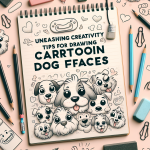
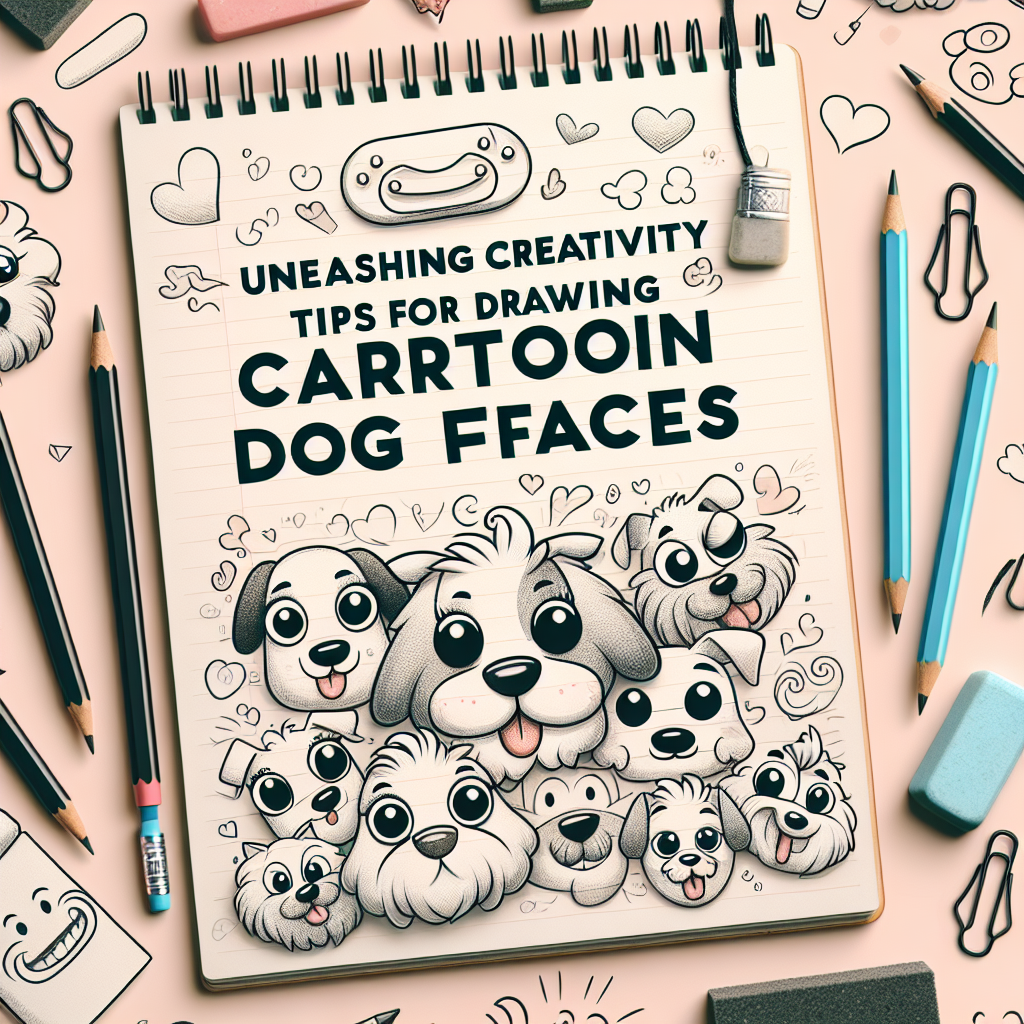
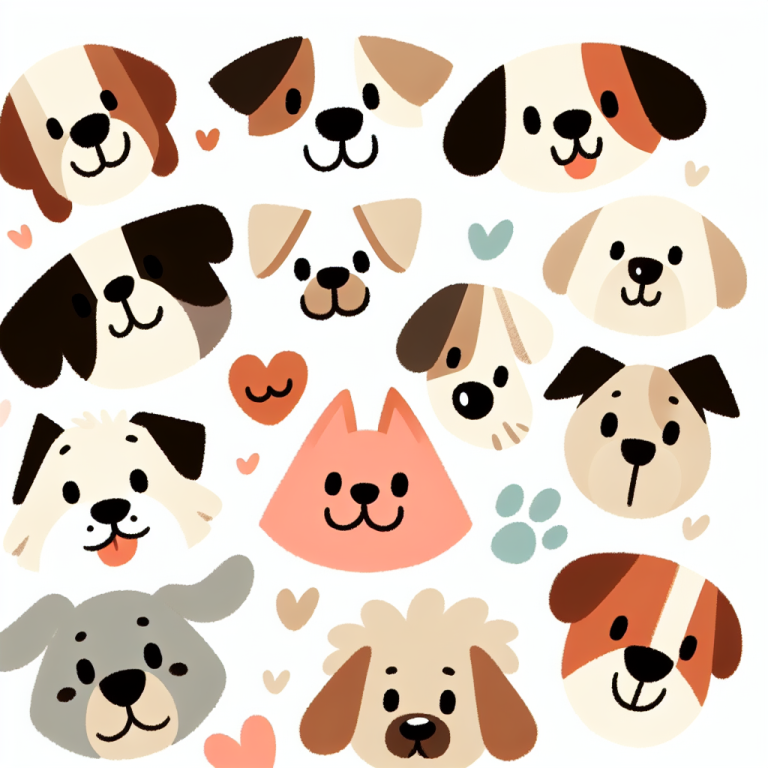
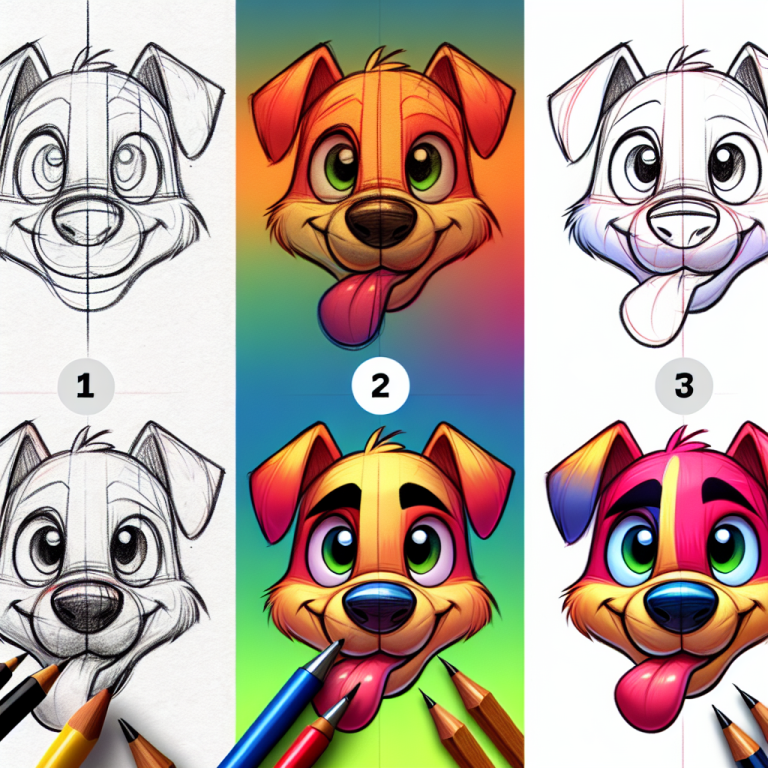
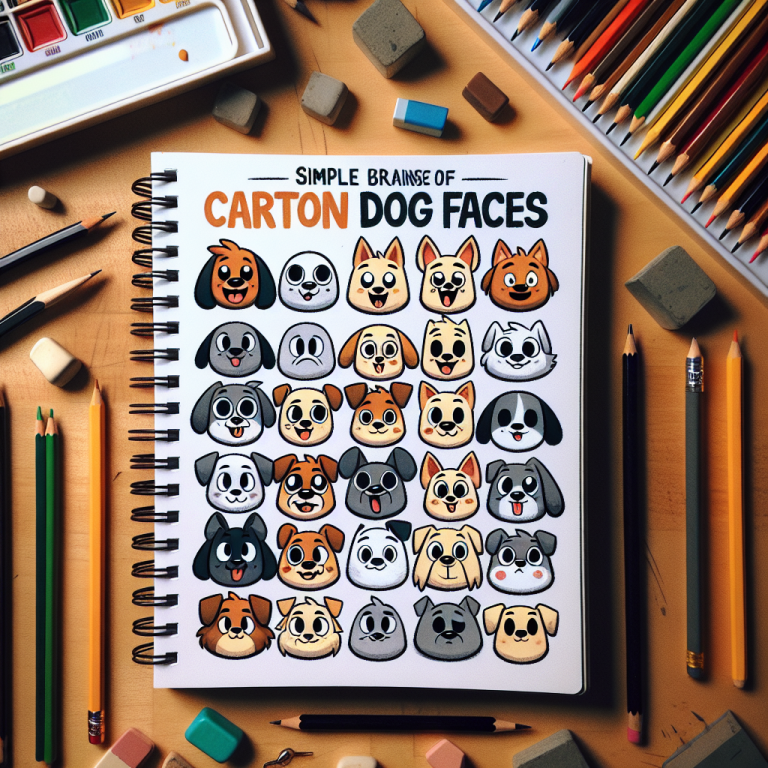
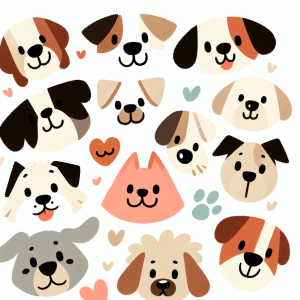
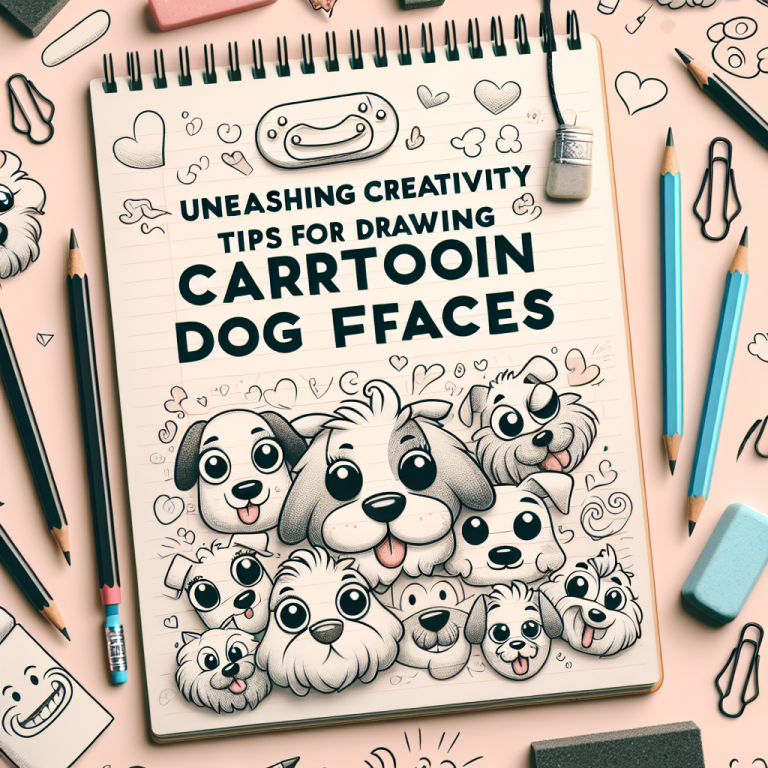
+ There are no comments
Add yours